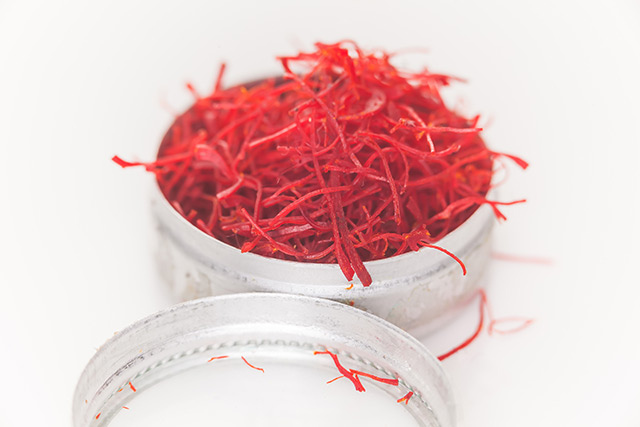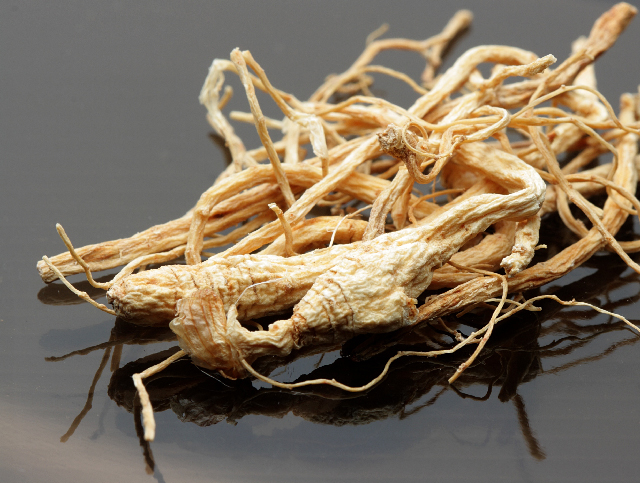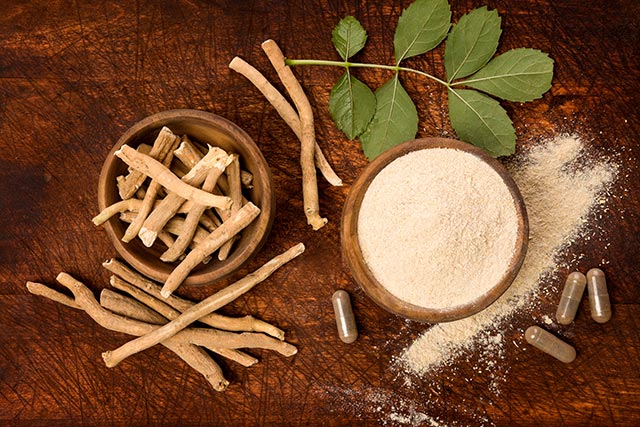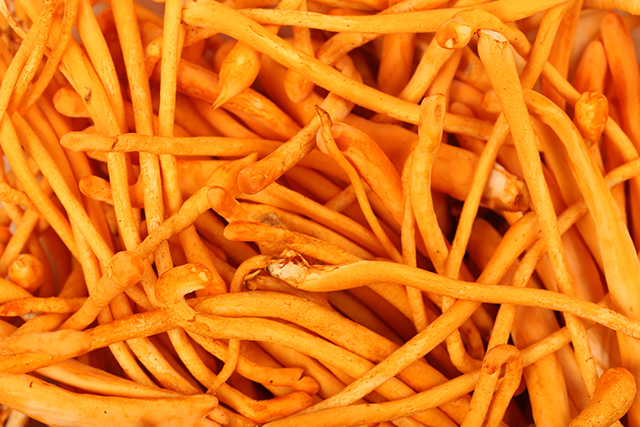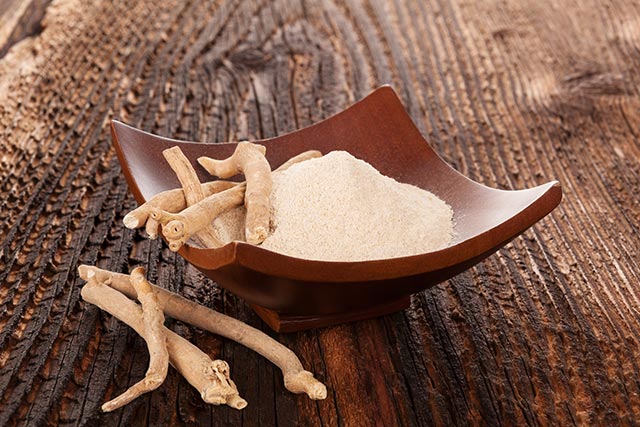Stumped with your grain-free diet? Try substituting your breads with cassava flour
11/07/2018 / By Edsel Cook
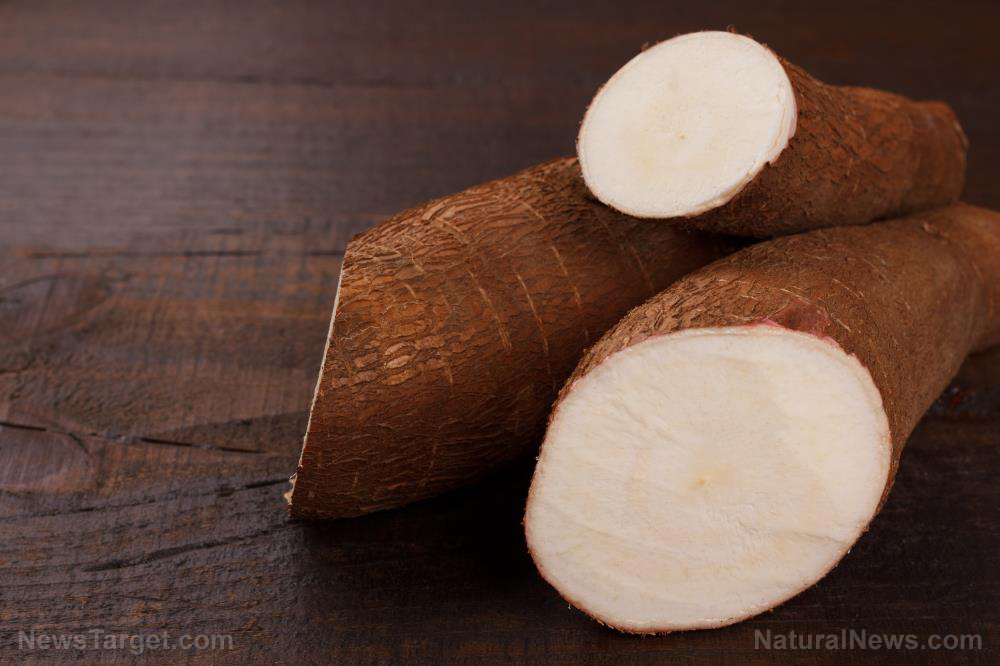
There is a way to enjoy bread and similar foods without breaking your grain-free, gluten-free diet. An article in Good Housekeeping brought up cassava flour as a way to make bread without using grain-based flour.
Wheat and other common grains are rich in gluten proteins. They are not dangerous for most people, though they can aggravate gastrointestinal conditions such as irritable bowel syndrome.
For patients with celiac disease or other illnesses triggered by gluten, the least bit of the protein in foods can trigger potentially life-threatening attacks. These people must follow a gluten-free diet, which nixes the use of anything remotely connected to barley, rye, and wheat.
There are a number of gluten-free substitutes for cereal grain and the products derived from them. Almonds, corn, and potatoes are just some of the alternative sources for starches and flours.
Unfortunately, these alternatives are not always available or affordable. For example, tree nuts like almonds can trigger allergy attacks in people. Furthermore, there are patients who are prescribed certain diets that forbid those foods. Elimination diets for gastrointestinal problems cut out corn, potatoes, and tree nuts because they could aggravate an already-irritated gut. (Related: Using rowan fruit powder to make gluten free bread increases nutritional value and antimicrobial activity.)
Cassava can provide gluten-free flour and starch
Fortunately for those people who crave or need an allergy-free, gluten-free source of flour and starch, there is cassava (Manihot esculenta). Also known as manioc and yuca, it is a South American root vegetable in the same class as beets, carrots, and parsnips.
The roots of the cassava contain a lot of carbohydrates. But there are more nutrients to be found in these tubers than in grain counterparts. Cassava contains manganese, which is good for the bones and joints. It also has vitamin C, a strong antioxidant.
Cassava starch is used to make arrowroot powder and tapioca, plant-based starches that can replace cornstarch. Meanwhile, grain-based flour can be replaced with cassava flour for baking goods like bread and pastries.
Most cassava products are made from 100 percent plant-based ingredients. Many of them do not contain any gluten, grain, and nut. These qualities make them perfect for people who must follow very strict diets.
Keep two things in mind. One, cassava products have high levels of saturated fat because of coconut flour or oil. Two, they are also very rich in dietary carbohydrates. So watch your saturated fat levels and portions.
Make your own very own cassava flour at home
You will need at least three pounds of cassava to make enough cassava flour. Either fresh or frozen roots works.
Start by preheating your oven at the lowest setting on 170 degrees Fahrenheit. At the same time, put the cassava in a pot of water. Boil for 15 to 20 minutes, or until it turns slightly tender.
Empty the hot water from the pot before filling it with cold water. Let the tubers cool for five minutes.
Use a handheld grater to shred the now-cool cassava. Lay out a single layer of the gratings on a baking sheet. Use more sheets if you have excess gratings.
Be patient while grating the cassava. If you toss them into a food processor at this point, you will end up with a dough instead of a flour.
Bake the cassava in the oven until the gratings are completely dehydrated. This can take as long as eight hours. The smaller the shreds, the faster it dries. Make sure they are completely dried out.
Put the cassava shreds in a blender or food processor. Grind the contents until the flour has the texture of silt.
For more tips on alternative food that can keep you healthy and fit, visit Slender.news.
Sources include:
Tagged Under: antioxidants, Cassava, cassava flour, gluten, gluten allergy, gluten-free bread, gluten-free diets, gluten-free food, how to, starch

